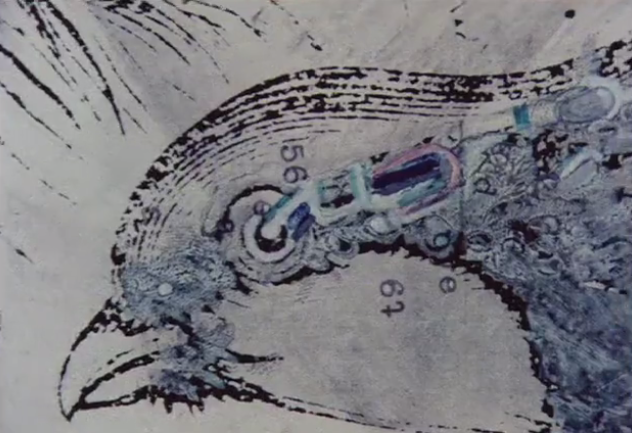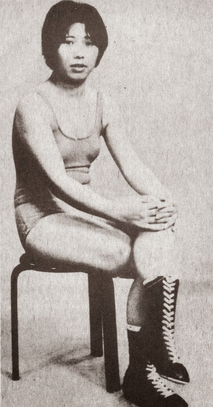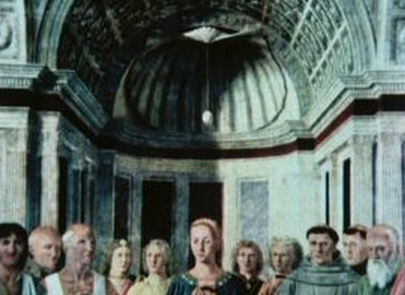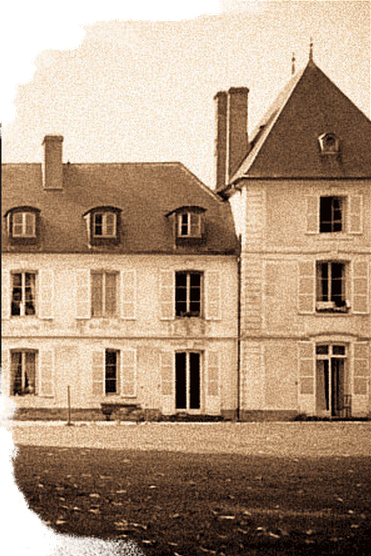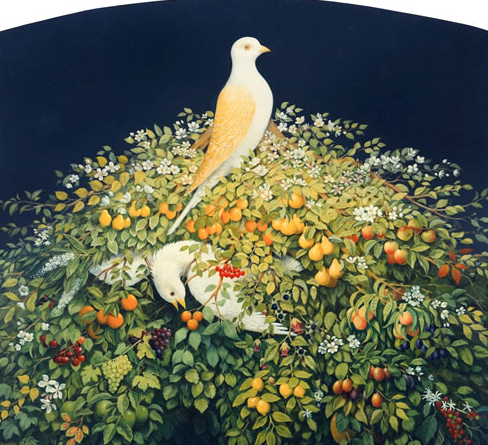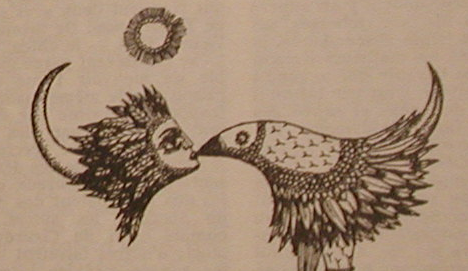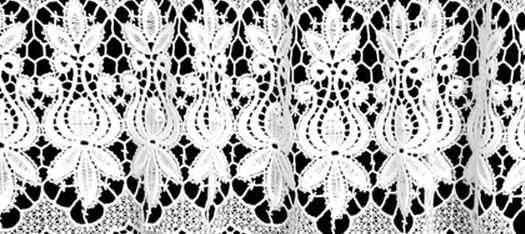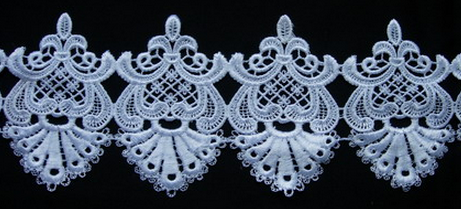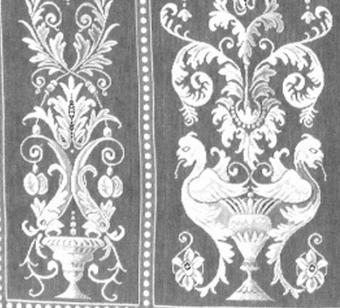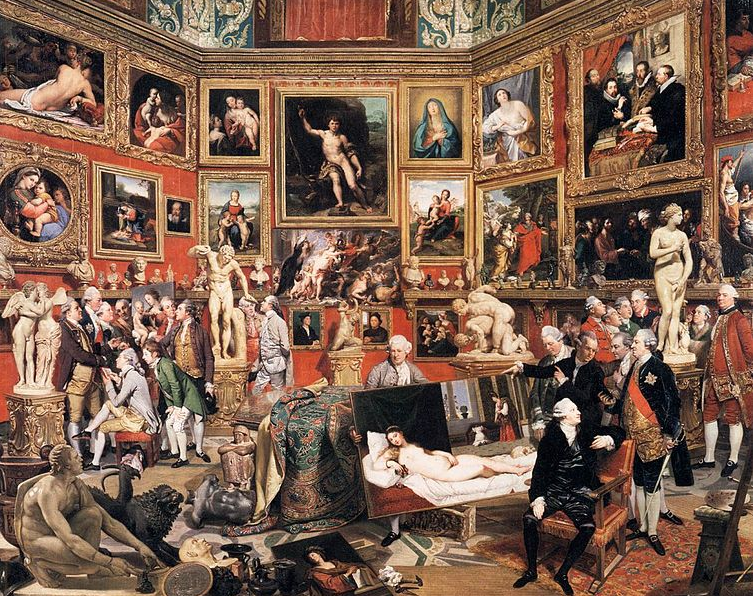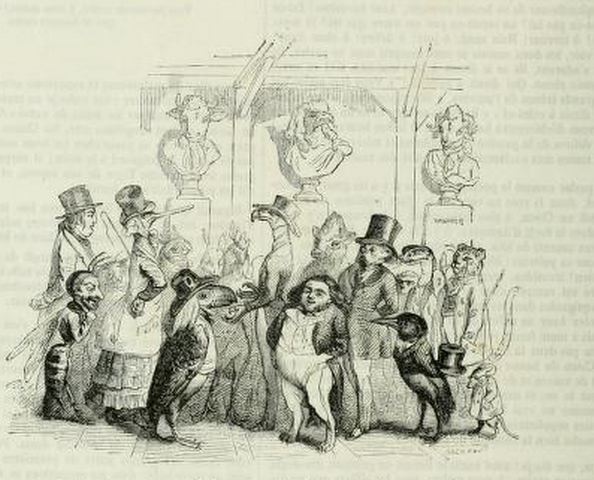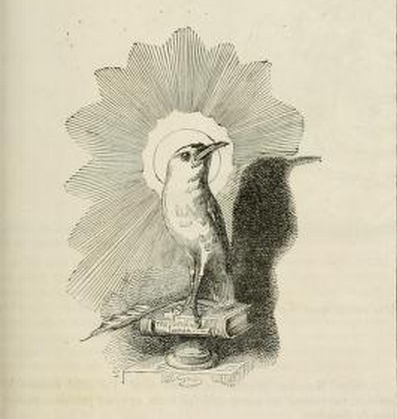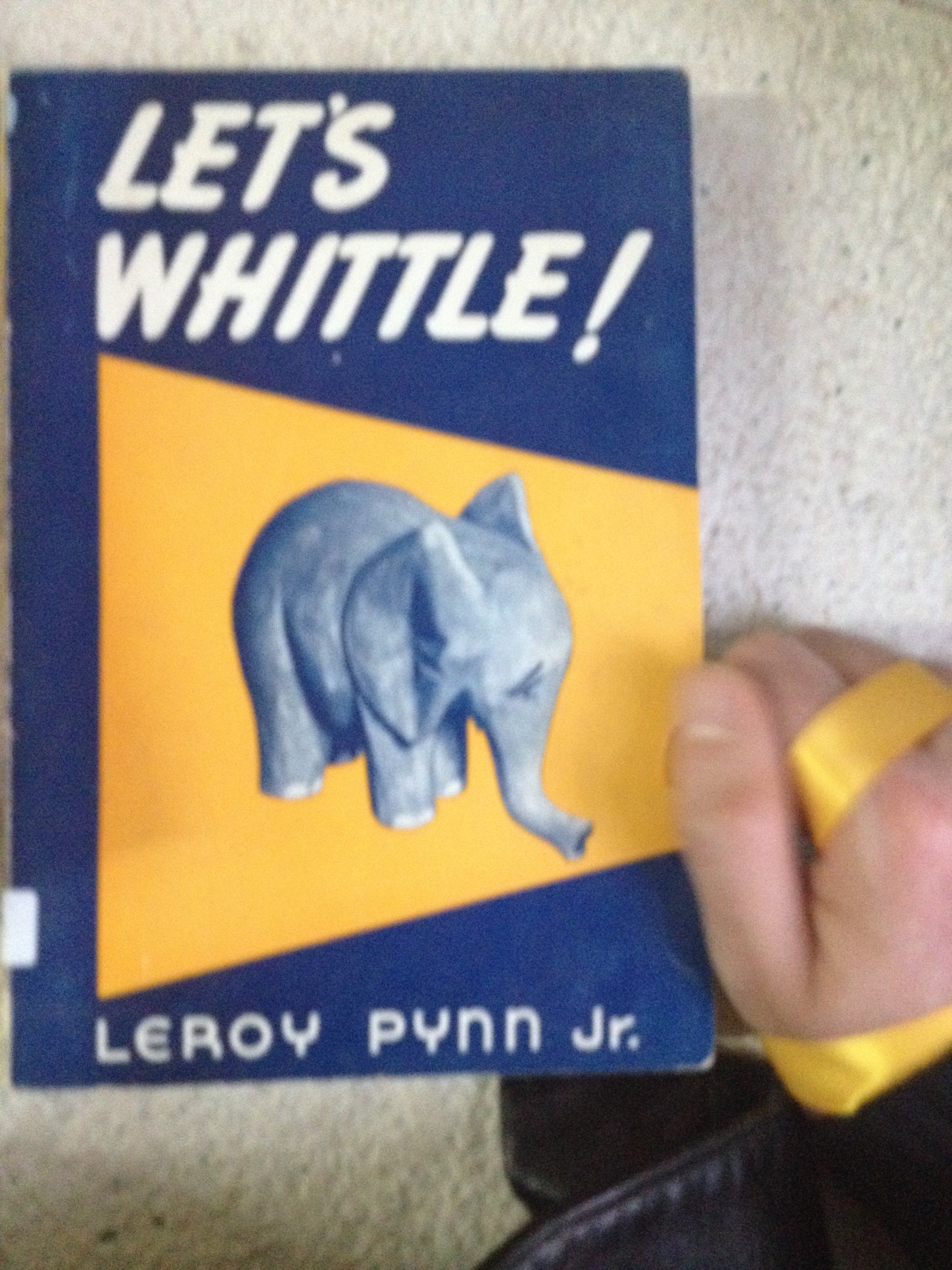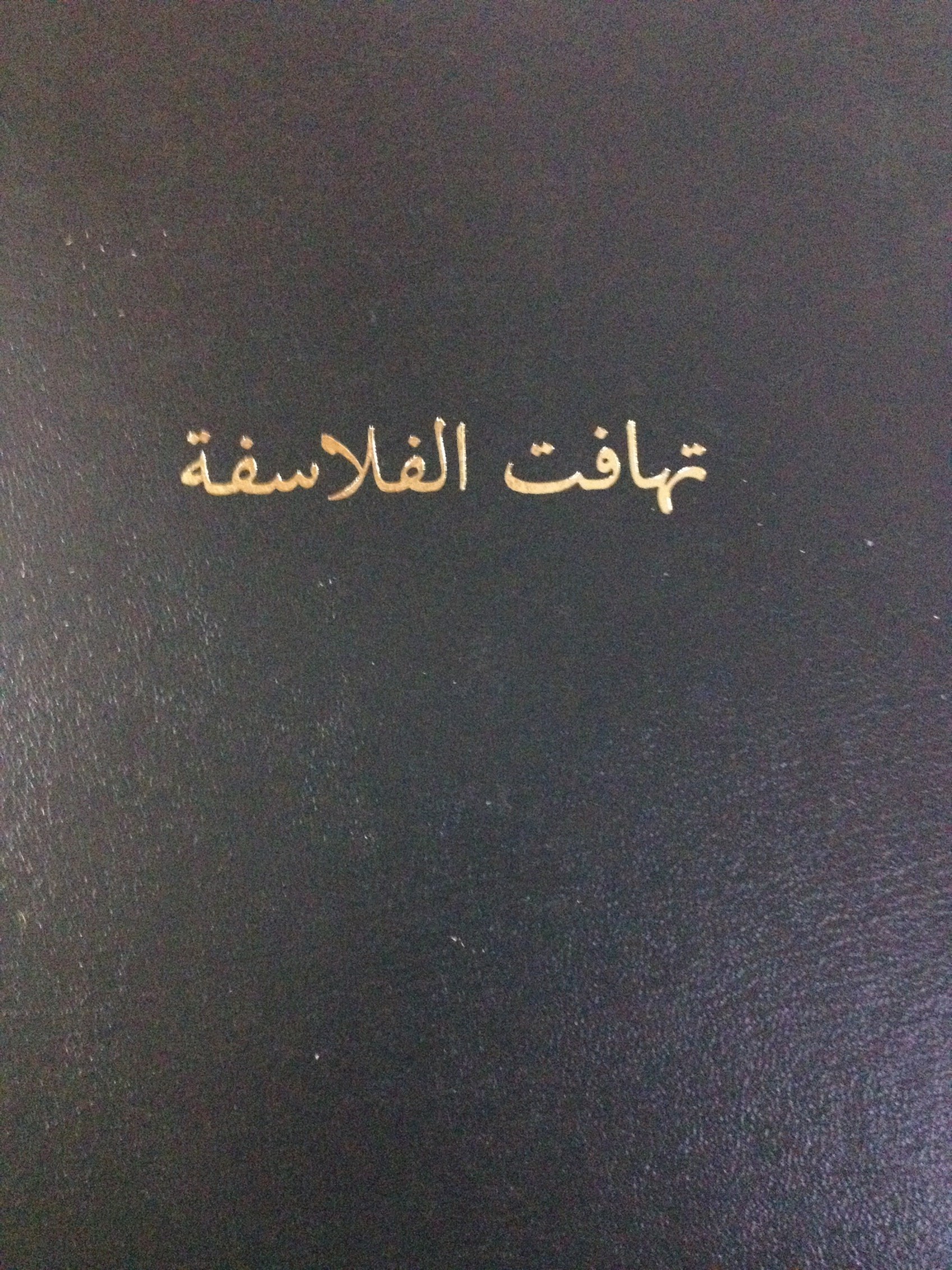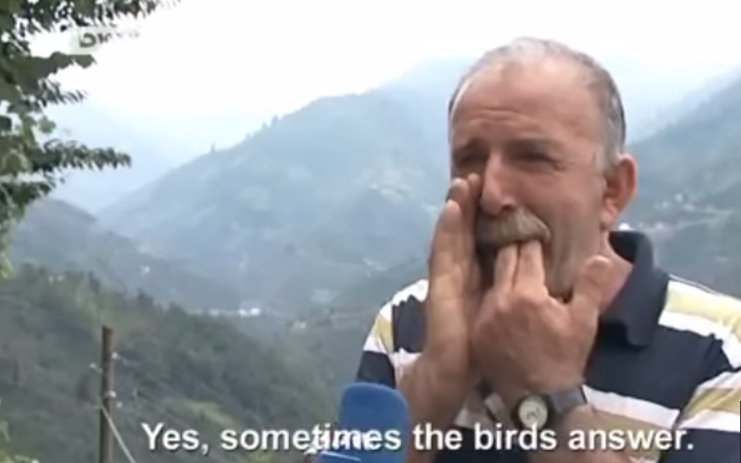“The Facts in the Case of M. Valdemar” (1845) – the story by Edgar Allan Poe famously taken for reality by a readership enamored of mesmerism and animal magnetism, and concerning an individual whose life is unnaturally and gruesomely prolonged by these arts – inspired a piece of enthusiastic correspondence from a certain Dr. Robert Hanham Collyer, a moderately successful traveling lecturer of the sciences and pseudo-sciences. “I have not the least doubt,” he wrote to Poe “of the possibility of such a phenomenon; for I did actually restore to active animation a person who died from excessive drinking of ardent spirits.”
It was this same Collyer who had, some years earlier in the Sunday edition of the Albany Argus, described experiments in which he had caused a lady to perform an example of “the same class of phenomena which is the wonder of travelers in the east.” The lady, in essence, had been asked to gaze into a cup of molasses (though any “dark liquid” would suffice, adds Collyer) in order literally to see the reflection of thoughts and mental images that the doctor was actively beaming into the syrup. “When the angle of incidence from my brain,” he explains, “[is] equal to the angle of reflection from her brain, she distinctly [sees] the image of my thoughts at the point of coincidence […] she [sees] persons and things in the fluid only when the angles of thought converge.”
Collyer further explains this unusual optical phenomenon in his 1843 Psychography, or, the Embodiment of Thought; with an analysis of phreno-magnetism, “neurology,” and mental hallucination, including rules to govern and produce the magnetic state – the “magnetic state,” which Collyer also calls “congestive,” being the mesmerized state. The book begins with an aggrieved argument for the author’s priority in the invention and diffusion of the new art of phreno-magnetism – in which specific phrenological organs (for example amativeness or secretiveness) can be magnetized to produce related behavioral effects – and a lament on the recent and spurious proliferation of such organs.
Collyer then lays out, in the book’s main body, the art of psychography: the ability to project a mental picture, or “embodied idea,” upon the brain of another person, and of that other person to observe and describe that picture. It is a form of mind-reading entirely reliant upon the fixed and unmoving image, likened to the results of the “photographic process of Daguerre,” and enabled by a “concentrated and undivided effort of the will.”
Collyer likens the phenomenon to the optical illusion known as persistence of vision, as when “a lighted stick makes a fiery arc” or a series of discrete sketches appears as an animated cartoon. He also compares psychography to the negative afterimages caused by overstimulation of the eye’s photoreceptors. But the most dominant vocabulary is that of photography, in which the “internal nervous substance” is the photographic film and the magnetically-enhanced act of attention a kind of chemical bath. Collyer writes: “Suppose attention to be a greater than usual development of electric action in the brain, how strangely akin to the recent experiments of Daguerre!”
Those who fail to pay sufficient attention, indeed, squander the brain’s electric potential and overlook a dense network of “messages between objects in the external world and the inner powers of mind.”
Collyer specifies that the sender of the psychographic image must first “embody” in his own mind the image that he wishes to communicate. For example, if the recipient is to describe a person or location she has never seen, the sender must first impicture it, so that the recipient can relay the details of its pictorial composition. What is most fascinating about the process is the question of how much artist’s control, as it were, the sender has in this process of “embodiment” – especially considering that mental/emotional image-complexes associated with persons and things are often highly individual and eccentric. One of our ESTAR(SER) researchers, for example, insists that his entirely involuntary though deeply-rooted mental image of Plato, for whatever reason, includes the information that he was located not in Greece but somewhere on the Central Asian steppe.
A true psychographic transmission would of necessity include such eccentricities – something of a problem for those wishing to ascertain its veracity, since the correct transmission of the message “Plato” might result in a crystal clear image of Genghis Khan.
What makes such a transmission possible in the first place, of course, is the “nervous fluid,” the versatile bio-electricity so beloved of the mesmerists. Collyer’s insight was that this substance might be “governed by the same code of laws which governed heat, light, &c., as radiation and reflection.” Might it also be subject to the laws of optics? Thus resulted Collyer’s series of experiments with the bowls of molasses.
On June 22 1841, Collyer repeatedly “directed his thought into [a] bowl of molasses” before an audience of “twenty four gentlemen of the three learned professions” at the Masonic Temple in Boston. Present among them, perhaps inevitably, were two delighted members of the Order of the Third Bird.
Collyer’s unpublished autobiography makes no mention of their subsequent invitation to join them in a number of experiments opportunistically based on his attempts at psychography – and one gleans what one can from the W Cache’s vast and disorganized records and transcripts of Actions held in the US between 1804 and the present.
It appears that, rather than stick with molasses or any other dark or highly reflective liquid, the Boston Birds directed their thoughts into various domestic objects, museum pieces, child’s drawings, classroom busts of Greek philosophers and the like.
Action Protocols were thus invented to harness the laws of mental optics as applied particularly to works of art. This probably did not sit well with Collyer. What was worse, participants in later Actions adopted complex mental and physical “positions,” using carefully placed mirrors, in order to have the angles of incidence of their respective thoughts coincide with the angle of reflection of the object’s mind. The idea was, going from the transcripts, to create a kind of prismatic consciousness, expressing itself through the utterances of each successive group member.
None of these Protocols appear to be in use today; we would welcome any evidence to the contrary, including descriptions of relevant Actions by anonymous informants of the Order.









